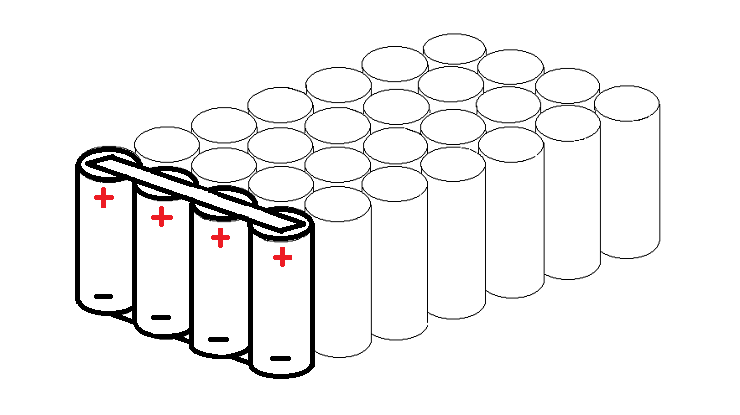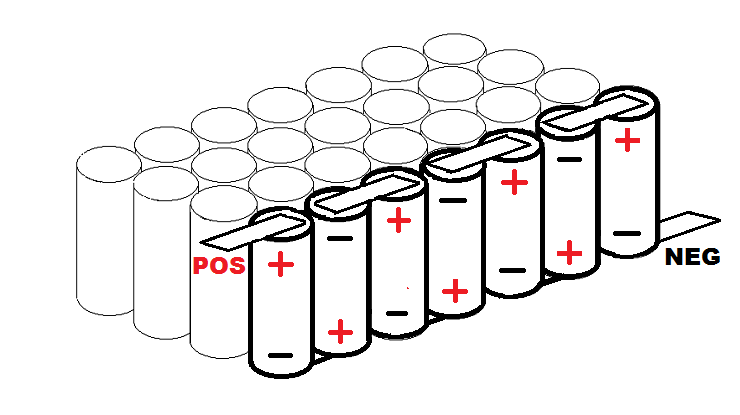eMark
100 kW
See last post #45 on p.2
How many series cells in this Lithium-ion battery configuration ?
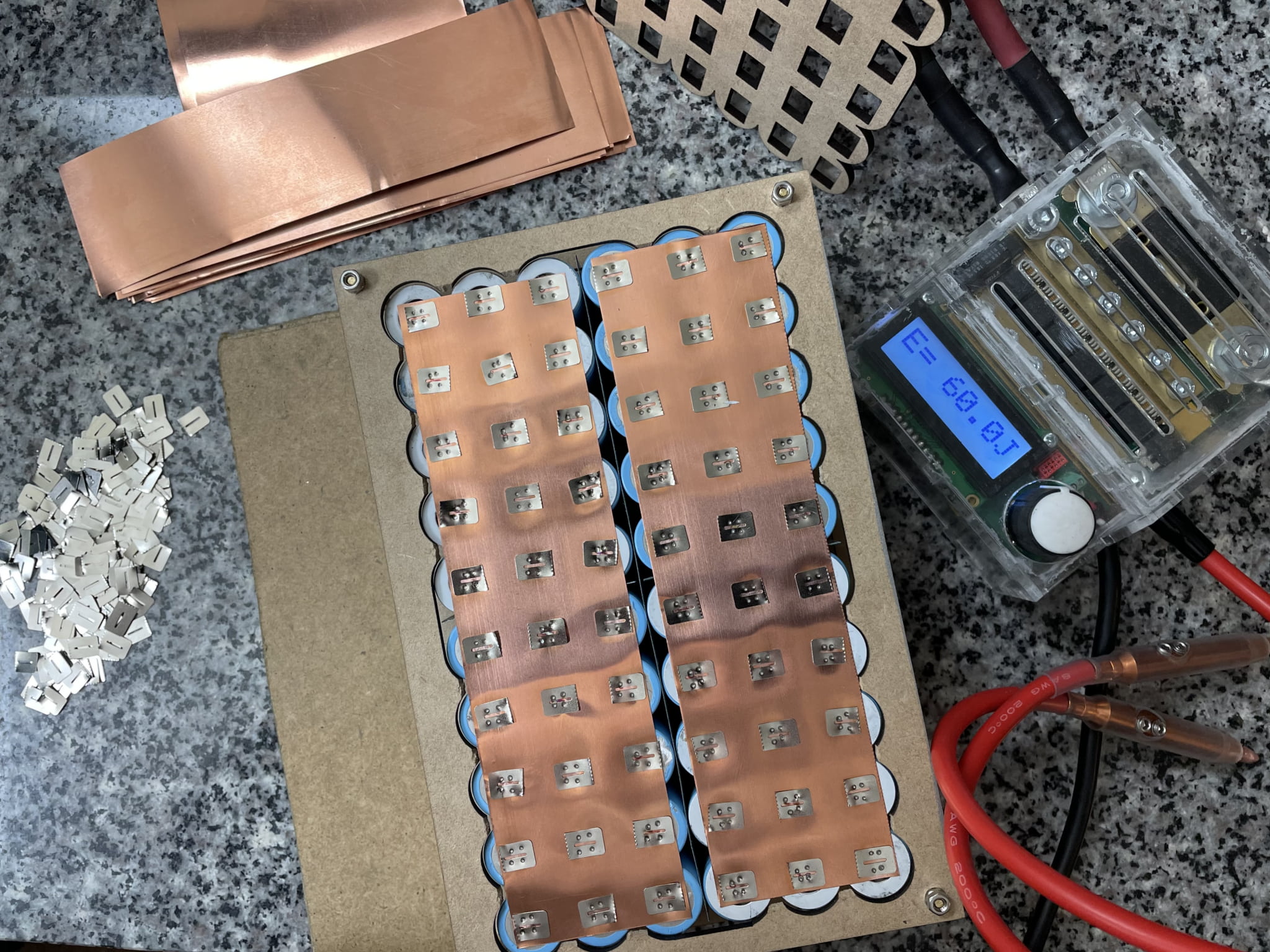
Whar's the most number of series cells possible in this triangular Lithium-ion battery configuration ?
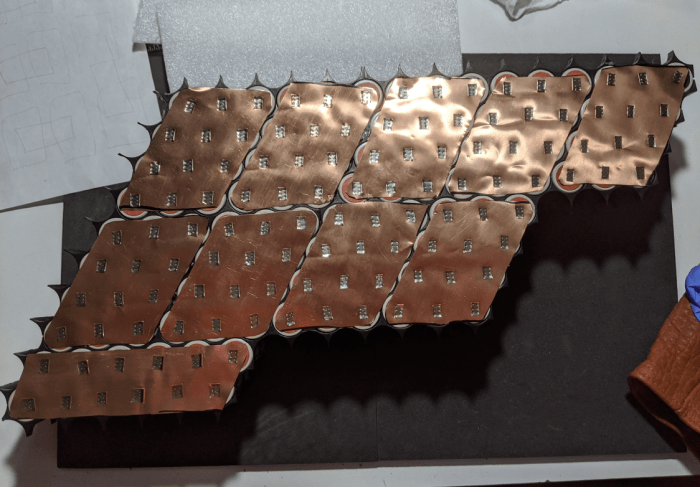
What's the most number of series cells possible in this triangular Lithium-ion battery configuration ?
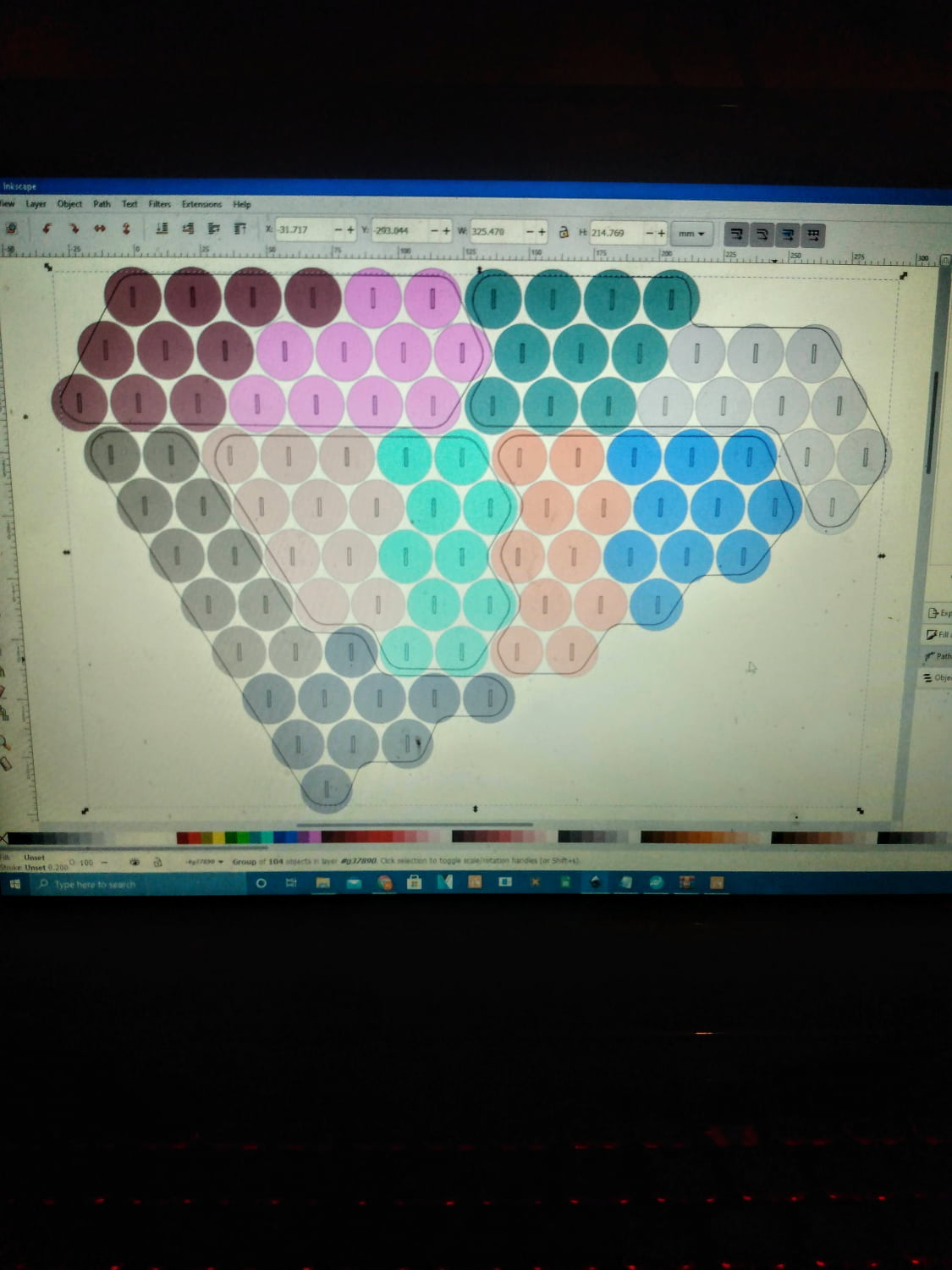
What's the most number of series cells in this battery configuration ?
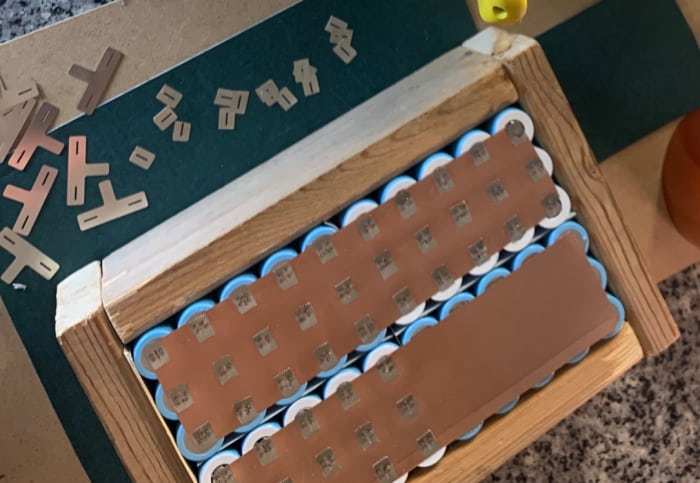
Of the above 10s battery configuratons which one has the best chance of the most c/d cycle life longevity and which the least IF the ONLY variable is the number of its series cells ? This might make for an informative Round Table discussion among Lithium-ion eletrical engineers with Elon Musk as Facilitator.
In the above diagrams (for the sake of discussion) assume each 1st Rate new series cell and new parallel cell (same brand and rating) has been tested so that only the BEST are used in the above four DIY 10s builds. Only the cells having a variance no greater than 3mV from one another are used in the above DIY 10s builds.
How many series cells in this Lithium-ion battery configuration ?
Whar's the most number of series cells possible in this triangular Lithium-ion battery configuration ?
What's the most number of series cells possible in this triangular Lithium-ion battery configuration ?
What's the most number of series cells in this battery configuration ?
Of the above 10s battery configuratons which one has the best chance of the most c/d cycle life longevity and which the least IF the ONLY variable is the number of its series cells ? This might make for an informative Round Table discussion among Lithium-ion eletrical engineers with Elon Musk as Facilitator.
In the above diagrams (for the sake of discussion) assume each 1st Rate new series cell and new parallel cell (same brand and rating) has been tested so that only the BEST are used in the above four DIY 10s builds. Only the cells having a variance no greater than 3mV from one another are used in the above DIY 10s builds.
Last edited:


